There are many articles at present discussing the potential ticking time bomb which the combination of lockdown and the spring grass is bringing. This is potentially going to come to a head this week as after several weeks of brilliant sunshine, we may finally get some rain as we head into May. In February we were all incredibly fed up of the mud which seemed to get deeper by the day, there did not appear to be a day which went by where it didn’t rain, and Spring seemed a very distant dream! Roll on a few weeks and lockdown appeared to come along with endless sunshine and warm days which has caused shedding of coats (us and the ponies!) and a quicker than usual turnout for our equines! In the main this has gone fairly well, as the lack of rain has meant there hasn’t been too much grass growth, however with the warmth that is now in the soil it won’t take much moisture for the grass to shoot up and create a perfect storm!
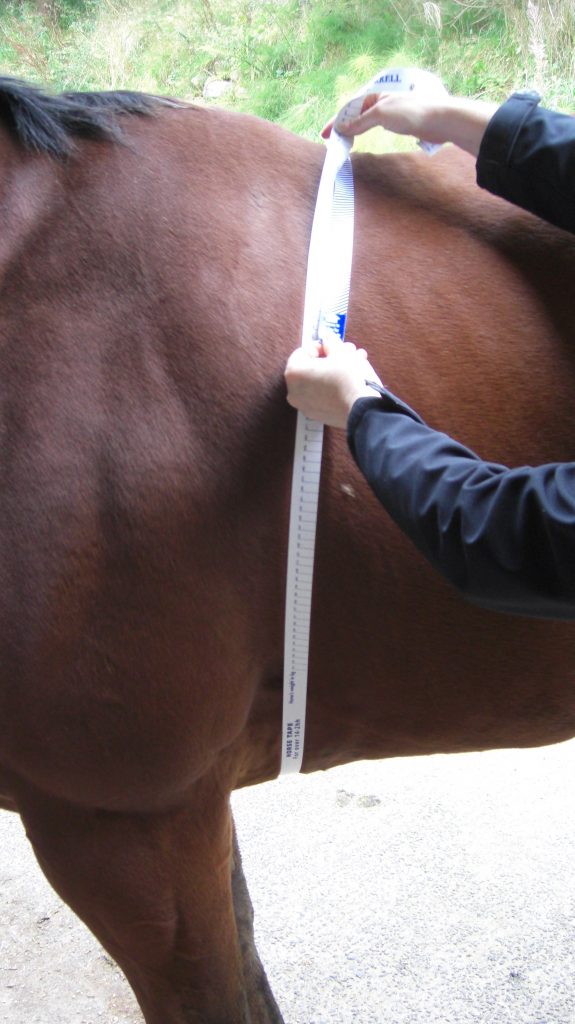 So, what is Laminitis? Well in simple terms it is an inflammation of the laminae, causing pain and lameness. The severity ranges from mild discomfort to more extreme pain causing the horse to be unable to stand. Whilst the greatest risk factor is an obese equine, with it more prevalent in ponies, any equine can suffer from it and there are other causes including the metabolic disorder Equine Metabolic Syndrome (EMS); Cushings which is more common in older horses and ponies, steroid use, stress and concussion laminitis which could be an issue with the current hard ground. If at any point you suspect your horse or pony is suffering from laminitis, then we would advise that you call your vet straight away.
So, what is Laminitis? Well in simple terms it is an inflammation of the laminae, causing pain and lameness. The severity ranges from mild discomfort to more extreme pain causing the horse to be unable to stand. Whilst the greatest risk factor is an obese equine, with it more prevalent in ponies, any equine can suffer from it and there are other causes including the metabolic disorder Equine Metabolic Syndrome (EMS); Cushings which is more common in older horses and ponies, steroid use, stress and concussion laminitis which could be an issue with the current hard ground. If at any point you suspect your horse or pony is suffering from laminitis, then we would advise that you call your vet straight away.
If you do have an equine that is prone to laminitis what should you be thinking about now – the main thing is act promptly! Do not wait for the grass to grow and see what happens, use your usual management techniques to avoid laminitis gaining a hold. Prevention is far better than a cure; therefore, you should get a grip on their weight, look at what you are feeding them and avoid the issue before it occurs. Take a look at our average body weight chart to see the average weigh and height ranges for each horse breed.
Using a weigh tape can be a useful tool, while notoriously inaccurate they are very handy for checking if a pony’s weight is creeping up or going down and so it’s not the number on it you are looking at, it’s whether the number is going up, down or staying the same and this can save you about three-four weeks, allow you to get ahead, as using a weigh tape means you catch any increase in weight early. See our instructions for using weightape here. Condition scoring regularly can also help but be brutally honest and assess all parts of the horse or pony and then act on the results. You can see our guide to evaluating your horse’s condition here. Keep an eye on our facebook page for a way to get your hands on one of our weightapes to help you monitor your horse or pony’s weight in this way!
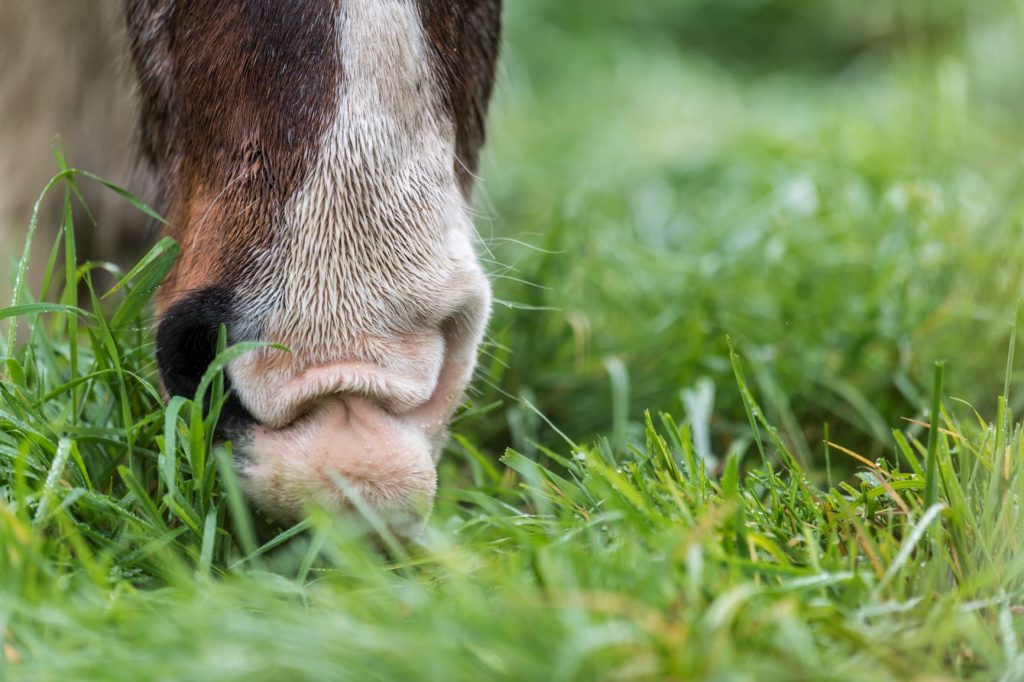
While the main idea to reduce weight is simply to reduce the calories going in, this can be more difficult than it sounds! Ideally we are aiming to restrict the access to feeds containing non-structural carbohydrates or NSC’s (simple sugars, starch and fructans) however while it probably doesn’t come as a surprise to some, research has shown that some ponies can eat as much as 4.5% of their bodyweight as dry matter (DM) in a day, and they can ‘predict’ the restriction of access to forage and they will also overeat in a short time. If you were looking to maintain the weight of your horse or pony you would look to feed 2% of their bodyweight as DM so for weight loss you would normally aim for 1.5% of bodyweight. This equates to 4.5 kg DM for a 300kg pony. While this sounds very low, it is important to remember that this is in the Dry Matter, so grass is in the majority water so the equivalent fresh weight of grass would be 30 kg (at 15% DM). It is very important that you only reduce the available calories below 1.5% on the instruction of a vet as reducing the available feed can result in problems such as colic due to lack of fibre to keep the gut healthy and moving.
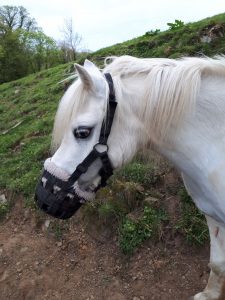 One of the common techniques to help reduce calories going in would be a muzzle. They can be incredibly effective however there are some ponies who are escape artists and can get them off unbelievably quickly. Using a muzzle can definitely help, but leaving them on for 24 hours is not recommended and if they start to rub, they must be removed. Having a few different versions can help so that you swap over one version for another so rubbing is less likely. Some people don’t like using a muzzle as they feel they overeat once it’s taken off, but they are a useful addition to the toolbox in the fight against calorie intake!
One of the common techniques to help reduce calories going in would be a muzzle. They can be incredibly effective however there are some ponies who are escape artists and can get them off unbelievably quickly. Using a muzzle can definitely help, but leaving them on for 24 hours is not recommended and if they start to rub, they must be removed. Having a few different versions can help so that you swap over one version for another so rubbing is less likely. Some people don’t like using a muzzle as they feel they overeat once it’s taken off, but they are a useful addition to the toolbox in the fight against calorie intake!
Electric fencing is the next option and can be used to create starvation paddocks, strip grazing or even a track system around the outside of the field which helps to keep the horse moving as they move to get water or forage. Starvation paddocks can be effectively used in conjunction with turnout but in wet weather become muddy and overgrazed grass can have proportionally higher levels of NSCs (non-structural carbohydrates) than longer grass. Strip grazing systems have been shown in research trials to be successful however they are better for horses than ponies. If you have the space (and the electric fencing!) then a track system can be very useful, set up around the edge of the field, just wide enough for them to turnaround in, it encourages movement and with thoughtful placement of forage and water then they have to move to find nourishment.
After a long winter of keeping them stabled and off the mud, no one like to stable their ponies in the summer, however the benefits can be numerous. Reducing grazing during daylight hours can help as the NSCs available are higher during the day (plants use sunlight to photosynthesise and sugars are produced, these are used during dark hours as a source of energy to the plant). Not only are you reducing the calories available from grass, but you are keeping them inside out of the sun in the hottest hours of the day, so helping reduce the irritation from flies. You can then control the calories they have inside and if you can get hold of hay then soaking hay nets can reduce the NSCs (those simple sugars, starch and fructans) by 30%! Remember horses naturally eat in a trickle fashion, whilst a large filled hay net will be readily eaten, consider offering the same quantity of hay in multiple nets over the day if someone can provide them, if not then double (or triple!) net to keep them busy for longer and hang up two or three smaller nets around the stable to increase activity.
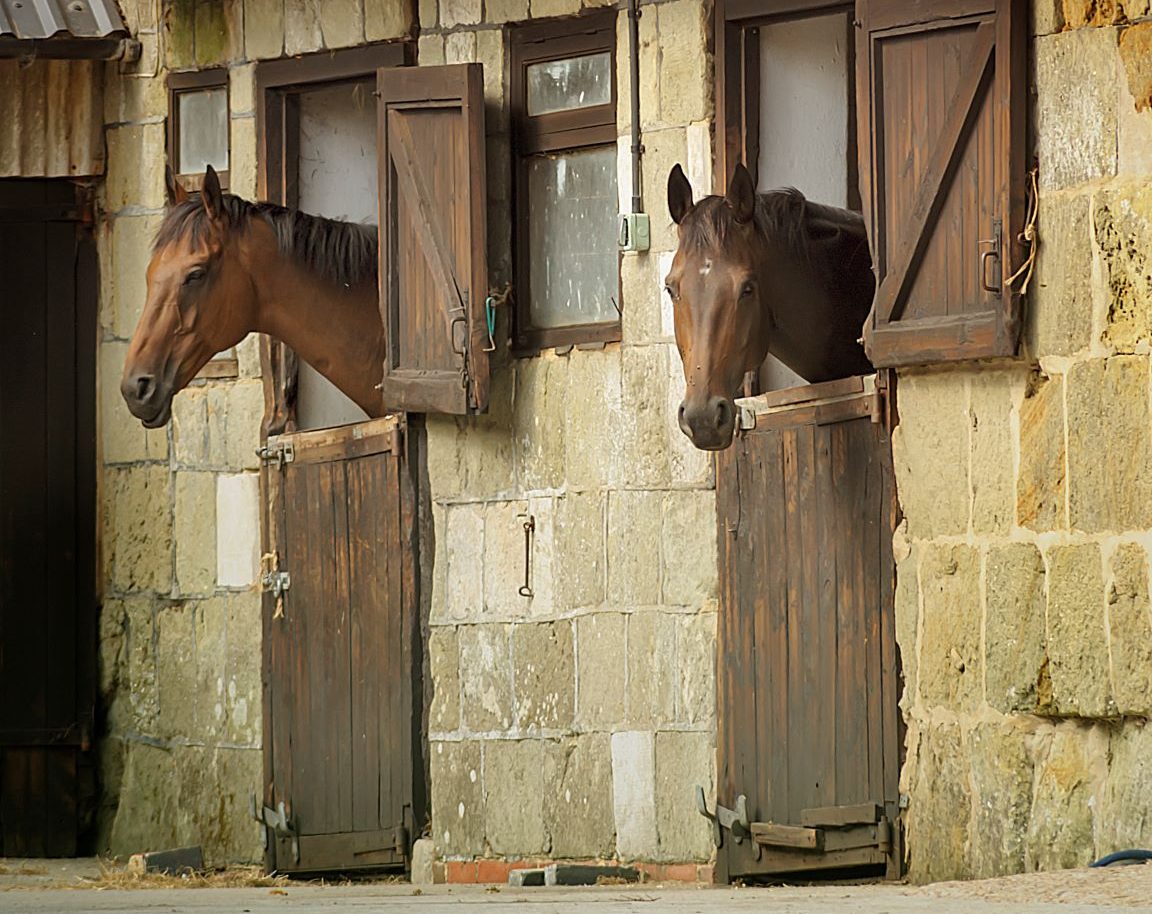
If your main management technique involves riding to keep your horse or pony’s weight down, then this is where you may have to get inventive. If you find exercise the best option for your equine, but on lockdown you have either taken the decision not to ride, or where you keep your equine has made the decision for you, then you have to find other options. Lunging and long reining can be an incredibly good way of exercising your horse from the ground. While it is often used with youngsters as part of their training, it is a very effective exercise for older equines too, and excellent for both keeping them fit and their mental health too. It is worth pointing out that just letting them run around you in circles is not effective, however done well can help increase fitness, improve muscle tone and suppleness and also build your relationship with your horse or pony. If you have some worries about it why not get in touch with your instructor and ask them to give you an online lesson; Facetime or WhatsApp can be great for these sessions and really give you some tips to get the most out of your time. A major consideration at the moment is the ground you are lunging on. If you are lucky enough to have an arena then fantastic, however doing any type of work on grass at present will be difficult as the weeks of dry weather have turned many fields into the equivalent of badly laid concrete! Working on a surface such as this could lead to other problems such as concussion laminitis!
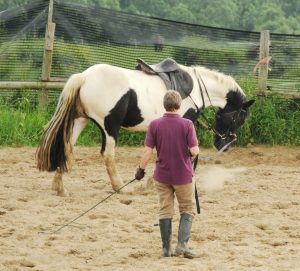
A longer-term consideration is to look at the grass varieties in the field. This is only something you can do if you rent or own your own ground but could also be discussed with a livery owner who may be willing to look into it as it could give them an advantage in managing these types of equines in the future. Grazing fields of native grasses such as timothy, cocksfoot has been shown to have lower levels of NSCs than varieties such as the high yielding ryegrass or clover which is traditional for many livestock farms.
It is worth bearing in mind that as you are restricting calories then the vitamins and minerals in the diet will be reduced as well so your horse or pony will require supplemental vitamins and minerals otherwise further health issues may develop. Horslyx Balancers are an ideal way of providing these vitamins and minerals but must not be fed on a free access basis to a horse on restricted rations, a hungry horse is a greedy horse! While many people may worry about the sugar in a Horslyx, when fed correctly the recommended daily amount of a Horslyx Balancer will provide less sugar than 1kg of hay would when fed at recommended levels.
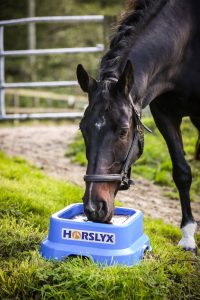 So, what is the best way to manage your laminitis prone equine? Well, there are many techniques to help try and manage the laminitis prone equine however one has very little advantage over the other and they work best when used in combination with each other. The main aim is to reduce calories in and increase calories out through exercise so everything should be done with that in mind. If you rely on a single method, then this will help but using several in conjunction will multiply that effort and make it easier to manage that weight and reduce the chances of laminitis occurring. Good luck!
So, what is the best way to manage your laminitis prone equine? Well, there are many techniques to help try and manage the laminitis prone equine however one has very little advantage over the other and they work best when used in combination with each other. The main aim is to reduce calories in and increase calories out through exercise so everything should be done with that in mind. If you rely on a single method, then this will help but using several in conjunction will multiply that effort and make it easier to manage that weight and reduce the chances of laminitis occurring. Good luck!
